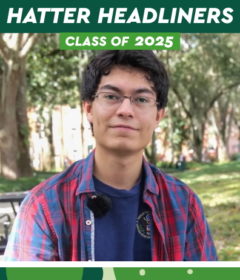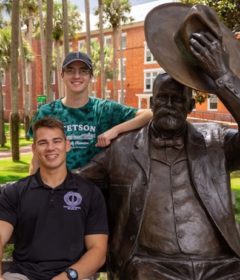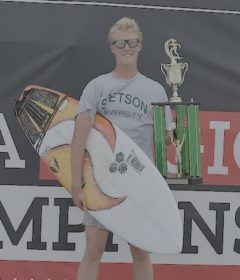Celebrating 140 Years: 1953-1962, Decade of Growth, Evolution and a CUB Roaring to Life
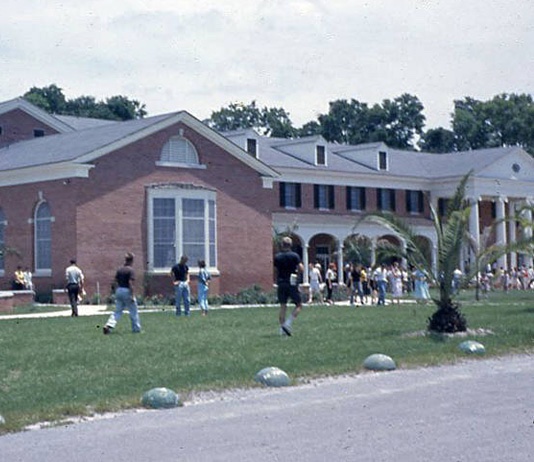
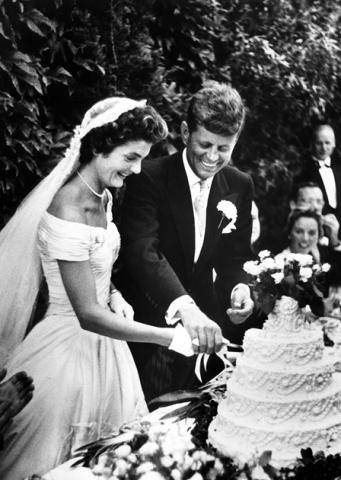
This was a decade of physical growth as the campus continued to mature at Stetson. Under the leadership of university President J. Ollie Edmunds, multiple buildings were added — including a still-vibrant center for student life — while another campus was established across the state.
For a little global context: In early 1953, President Harry S. Truman announced the United States had developed a hydrogen bomb, and, later in the year, U.S. Sen. John Fitzgerald Kennedy married Jacqueline Lee Bouvier.
In 1962 to close the Stetson decade, rioting resulted on the University of Mississippi campus following Black student James Meredith attempting to enroll. Also, NASA’s Ranger 3 spacecraft launched as the United States’ first attempt at landing a spacecraft on the surface of the Moon.
College of Law Relocates
Who knew Stetson would become No. 1 in trial advocacy and No. 3 in legal writing, as ranked today by U.S. News & World Report? President Edmunds must have had an idea, with the decision made to relocate Stetson Law from its inaugural home in Flagler Hall to Gulfport near Tampa.
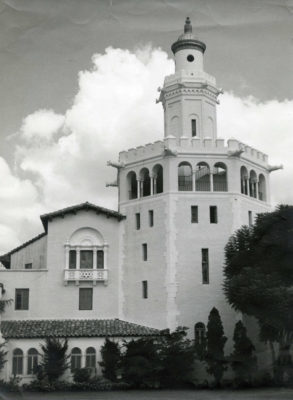
That occurred in 1954, when an enrollment boom after World War II prompted Stetson to look elsewhere for campus locations, ultimately settling on the 17-building/21-acre site of the former Hotel Rolyat (built in 1925). Today, Stetson Law’s student enrollment hovers around 1,000.
More and More Buildings
In 1954, two-story Carson-Hollis Hall came into being. Actually, it’s halls — comprised of two stand-alone buildings adjacent to Sage Hall that are connected by a breezeway. Carson Hall was named after G. Prentice Carson, Stetson’s first dean. Hollis Hall was named after Nina B. Hollis of Lakeland.
In 1955, three-story residential Emily Hall was constructed, named after Emily Edmunds, wife of President Edmunds. It’s located across the parking lot from Chaudoin Hall and directly across the street from University Hall. Through the years, Emily Hall became noted for its third-floor 24-hour “quiet community,” created to focus on “serious academic study, light sleepers or those with non-traditional sleep schedules.”

One year later, Gordis Hall opened, named after former faculty member Warren S. Gordis. It’s located near what is now the Athletic Training Center and across from Public Safety.
Then in 1957, Smith Hall arrived, adjacent to Gordis Hall and named after J. Archy Smith, a noted dean of the college and professor of mathematics.
They were dubbed the “Men’s Residence Halls.” Each was touted — back then and still today — for having a resident assistant on every floor “who helps students by providing opportunities to develop deep and meaningful relationships not just with their roommates, but with members of the entire building.”
Not coincidentally, those residence halls were very much needed. In 1958, student enrollment on the DeLand campus grew to approximately 1,400. (Undergraduate enrollment for the Fall 2023 semester is 2,339.)
Center for Student Life

The most impactful physical addition to the campus occurred in 1957 — when the campus literally roared to life with the opening of the Carlton Union Building, affectionately known these days as the CUB. Stetson’s center of student life — then and now — is named for Stetson alumnus and former Florida Gov. Doyle E. Carlton Sr. Following his graduation in 1909, Carlton served Stetson as chairman of the board of trustees, overseer of the College of Law and benefactor. (In 2016, renovation and expansion work began on the CUB, with the three-year project increasing the building’s square footage by 67%.)

Racial Integration
While the CUB undoubtedly is an institution on campus, no greater event marks this decade than Stetson’s first steps toward integration. In 1962, nine African American teachers attended graduate summer school — making Stetson the first private, non-historically black college to integrate in Florida. (George Williams Sr. was the first African-American to earn a degree from Stetson, a master’s degree in guidance and counseling, in 1964. Cornelius Hunter, Class of 1966, was the first African American undergraduate student to graduate.) Today, approximately 11.5% of Stetson’s undergraduate students are African American.
Fraternity Row

Finally, in 1962 Fraternity Row, sometimes called Fraternity Circle, became a thing a Stetson. Houses A through E, each two stories, were built in 1962 (and renovated in 2000). A House F was added in 2016. Houses A-F are in a neighborhood among additional fraternity houses near the Edmunds Center.
Substantial renovations and expansions ensued through the decades on Fraternity, but they all began in ’62. (Today, there are nine fraternities, in addition to eight sororities.)
– Michael Candelaria and Stetson University Archives

